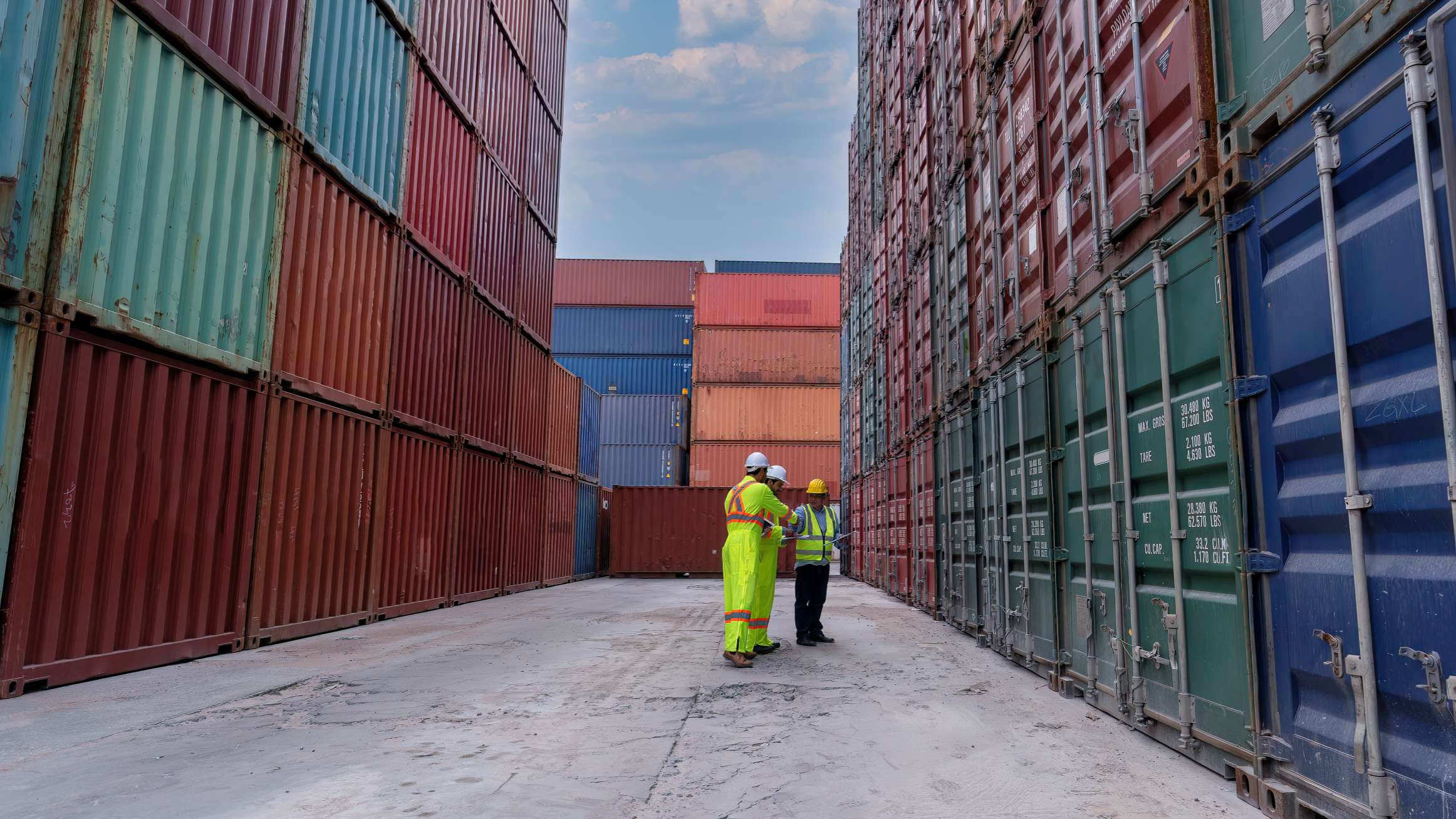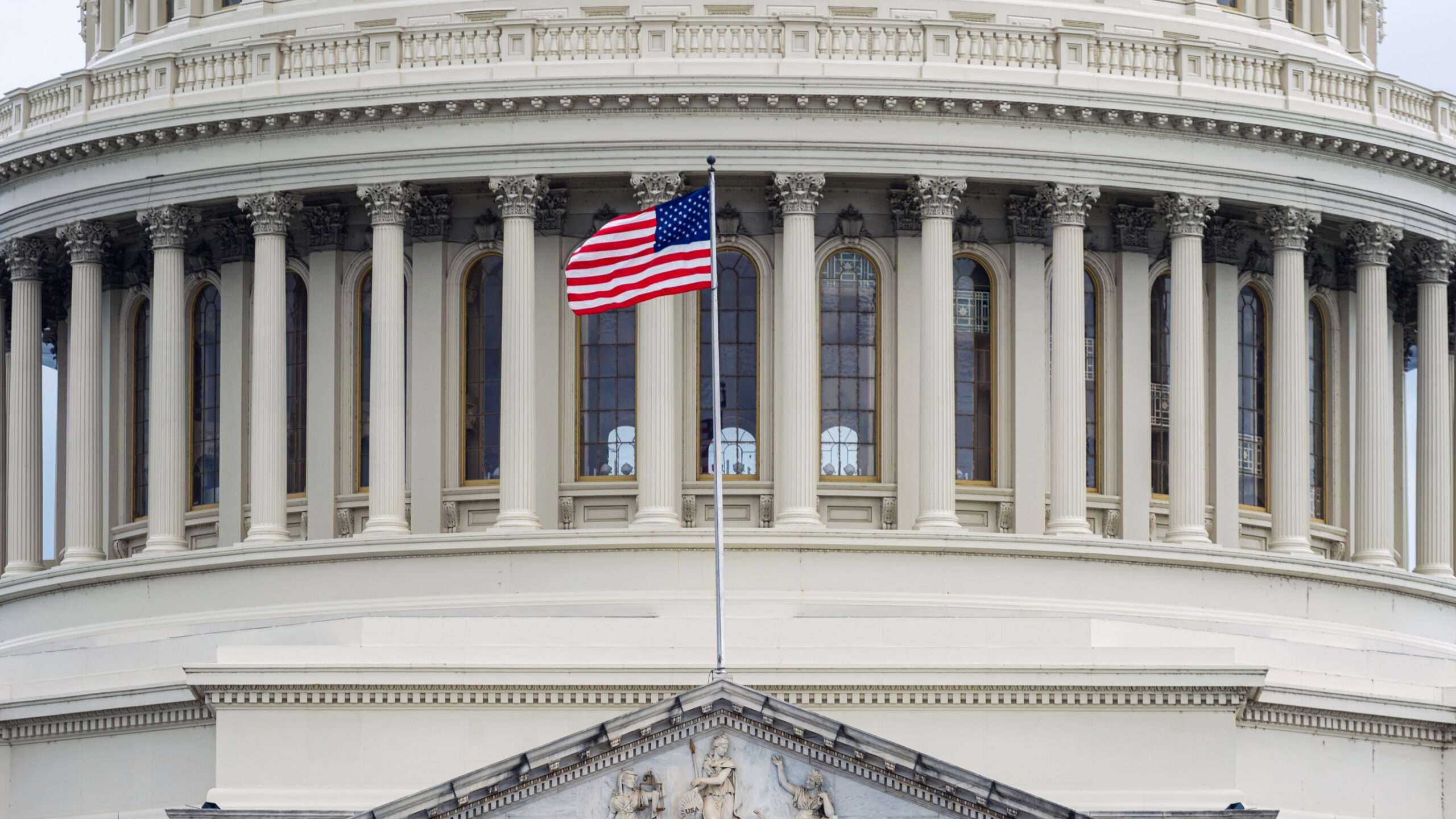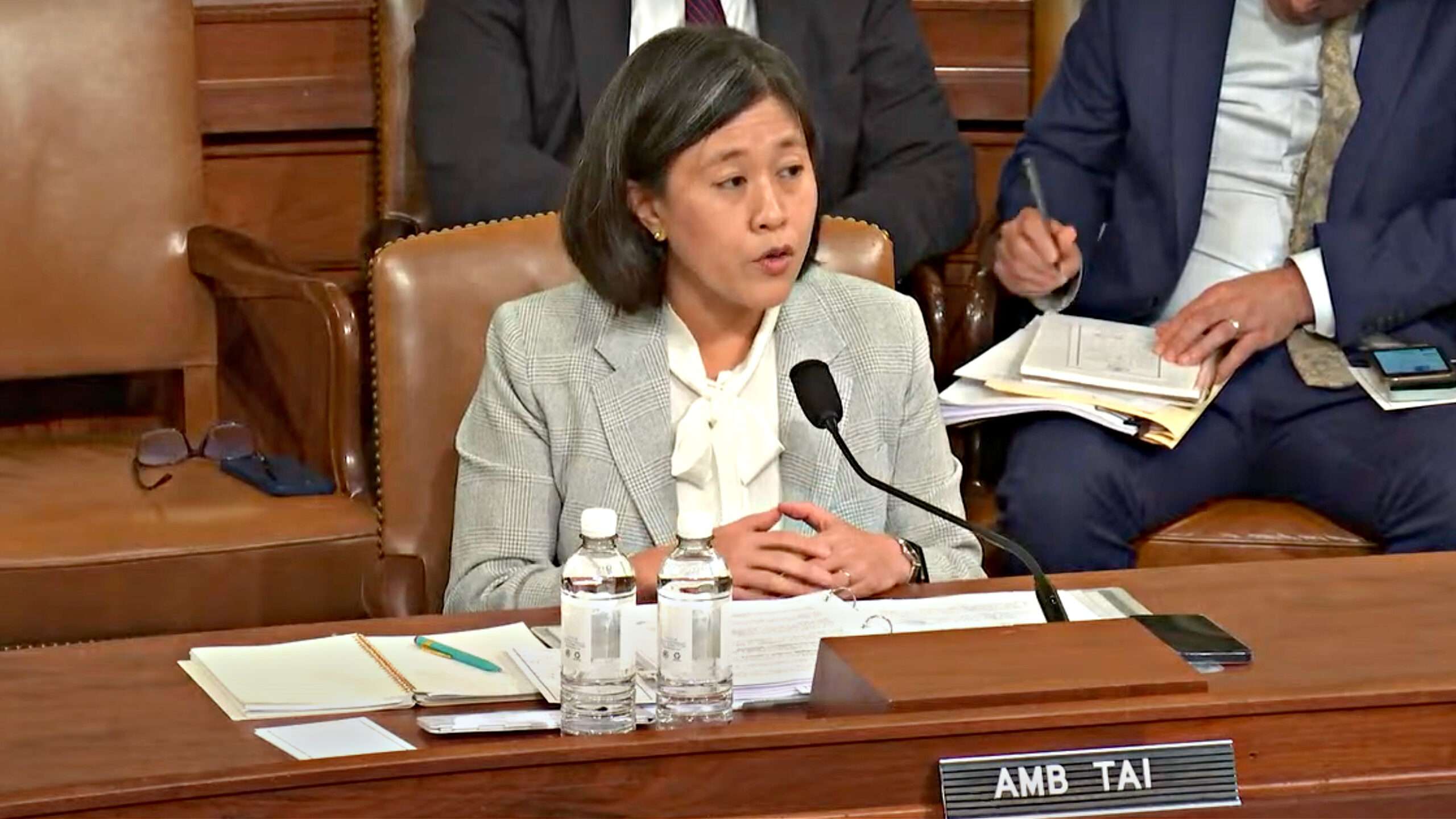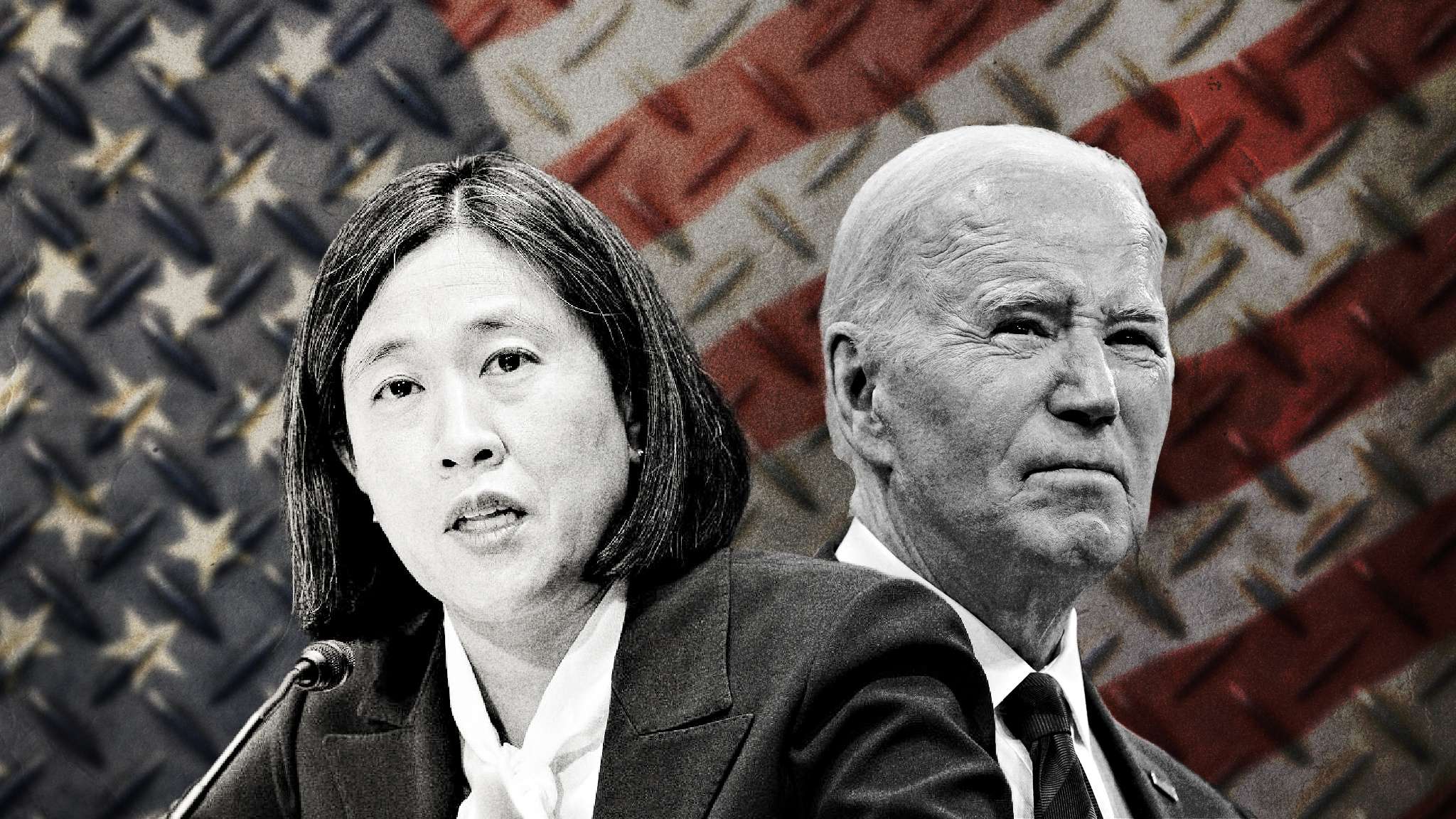
[Dan Alpert| August 5, 2016]
After decades of establishment politicians and mainstream economists extolling the virtues of global trade, free trade policy is taking a wallop.
In the U.S., populist candidates of both parties, Bernie Sanders and Donald Trump, have aggressively challenged the conventional wisdom with respect to trade, and even Hillary Clinton—whose husband’s administration aggressively promoted globalization and who herself supported the Obama administrations trade initiatives while Secretary of State—has been forced to modify her position on the matter. In the no-longer- quite-so- United Kingdom a globalization –impacted insurgency of common folk did the unthinkable in voting for the U.K. to leave the European Union, a stunning act that is echoing throughout Europe in the form of nationalist outpourings.
Global economic activity has slowed markedly, and growth forecasts are being slashed. The U.S. has seen declining industrial production and plummeting capacity utilization, the reemergence of disinflation (much of it “imported” from slowness abroad), lackluster personal income growth and retail sales in the doldrums. Consumer confidence has fallen back to levels reminiscent of 2010. In a rapidly globalizing, post-socialist world, the free-trade meme has focused on the many benefits of open trade, but has ignored its potential downside. To a significant extent, attempting to prevent emerging nations—focused on quickly improving the lot of their citizens—from trading freely with the developed world would be geopolitically destabilizing, especially after a long period of the west touting the importance of global commerce.
Nevertheless, as Harvards’s Dani Rodrik noted last year, “many of the conditions under which free trade between nations is guaranteed to be desirable are unlikely to hold in practice. Market imperfections, returns to scale, macro imbalances, and absence of first-best policy instruments are ubiquitous in the real world…” And the real world presently contains a great glut of low cost labor, productive capacity and capital that has simply never been seen in modern economic history.
In fact, it has long been recognized that under certain circumstances, free global trade can be very bad indeed for those in advanced economies. The economists Paul Samuelson and Wolfgang Stolper postulated in 1941 that when wage imbalances between countries producing the same goods were significant enough, the loss of jobs and consequent downward pressure on wages in high-wage countries would overwhelm the benefits of cheaper imported goods and some broadening of export opportunities in the latter.
Back to Rodrik’s words: “This does not guarantee that import restrictions will be necessarily desirable…but it does mean that a knee-jerk free trader response is faith-based rather than science-based.” And that is precisely what appears to have been the case in recent years. And it is evident to many that to ignore the adversity experienced in the lives of Americans, Britons and other non- German Europeans in the hollowed-out middle class, resulting from open trade at any cost, is neither responsible nor enlightened governance.
So are we simply “damned if we do and damned if we don’t” at this juncture? Is our only option to try to hold back the forces of nationalism and slog through the decades it would otherwise take to rebalance global trade through the gradual growth in demand sufficient to absorb the labor glut in other parts of the world; decades during which our economy and the working people of the U.S. would otherwise suffer further? As the world’s largest trade deficit nation, we believe the U.S. has a practical alternative.
America currently has a few trading partners that are clearly over-relying on foreign demand to fuel their own economies, and have been doing do for some time. These are, in many if not most cases, countries that are also under-consuming—either as a matter of economic policy or local preferences. Not all countries that have merchandise trade surpluses with the U.S. are problematic, because trade is a two-way street. For example, Canada, our largest trading partner, had a 2015 $16 billion trade surplus with the U.S., but that amount was only about 3% of the $577 billion in bilateral aggregate trade between our two nations, a minor blip in what is otherwise a bilateral fair trade relationship.
What is not working for the U.S and its people, is trade with nations that, for one reason or another, are running very sizable trade surpluses with us and, in part by doing so, are showing much higher national savings rates than the 18.7% (2015) savings rate of the U.S. How much higher? Well, the U.S.’s most egregious competitors are showing trade surpluses of 25% or more of aggregate bilateral trade (China was at 61% in 2015, for example) and national savings rates 25% higher or more than that of the U.S. (China’s is 46%).
It is, simply put, past time to do something about this. So let’s start doing so—with something that we call the “Rule of 25s.” The Rule of 25s targets trading partners that are effectively freeriding on U.S. consumption demand and weakening the value of U.S. labor. In 2015, there were eight countries that were problematic in this regard, China, Germany, Japan, Vietnam, Ireland, South Korea, India and Malaysia, (in 2015 order of magnitude of trade surplus with the U.S.). South Korea is borderline, at a deficit of 24.7% of aggregate trade, and both France and Taiwan are worth keeping an eye on. We should add that China and Germany alone are nearly 70% of the problem.
So here’s the pitch to the eight free-riders (and any others who may come along in the future): You can enjoy a healthy trade surplus if you pick up your fair share of global consumption, or you can find somewhere else to export to so that your surplus doesn’t fall on the backs of U.S. workers.
More simply put, U.S. trading partners should not be able to enjoy both a surplus in excess of 25% of aggregate bilateral trade with the U.S. and a national savings rate in excess of 125% of the U.S. savings rate. That is the Rule of 25s and here is how the violators stack up relative to all countries with which the U.S. has a meaningful trade deficit: We are not judging the motives of these countries, in fact we applaud many of them for their ingenuity in the execution of powerful, mercantilistic, export-driven economies; and the advancements secured for their peoples (although we are critical of Germany for essentially taking unfair advantage of an undervalued Euro, relative to the strength of its economy). Nevertheless, they are exploiting U.S. demand and under-consuming within their own boarders.
There are numerous roads for those trading partners to take towards fair and equitable trade in accordance with the Rule of 25s, and how they do so is up to them. They can allow their currencies to appreciate against the U.S. dollar, they can increase their social safety nets to encourage more internal consumption, they can encourage firms to pay higher wages to employees, or they could even conceivably restrict outbound trade to the U.S. (exit tariffs or quotas). What we prefer, of course, is that the Rule of 25s countries get where they need to go by rebalancing savings and consumption, as that yields net global growth.
So what happens if these countries don’t get with the program? Well, our choices are limited and unattractive. And they are admittedly retaliatory. But they can be wisely so. We should resort to a “smart-tariff” plan, not the ham fisted nonsense being called for by the likes of certain politicians. Tariffs on imports from Rule of 25s countries should be established for each import commodity based upon the degree to which net imports of that commodity exceed total trade thereof. If, for example, we are trading computer chips fairly (within the 25% test) with China—or are even, perhaps, net exporters—there is no need to place tariffs on Chinese computer chips at all. And tariff levels should become significantly more punitive as the surplus in any particular commodity rises far beyond the 25% test. We propose a three year grace period before these Rule of 25s tariffs are implemented, to give time for our partners to self-cure.
Under this measured approach it is unlikely that such retaliatory actions will ever prove necessary. The threat should be sufficient. But the terms of trade engagement would likely pivot sufficiently from the poorly performing model of the past two decades, to the actionable acknowledgement that the present debilitating imbalances in trade need to be addressed.













